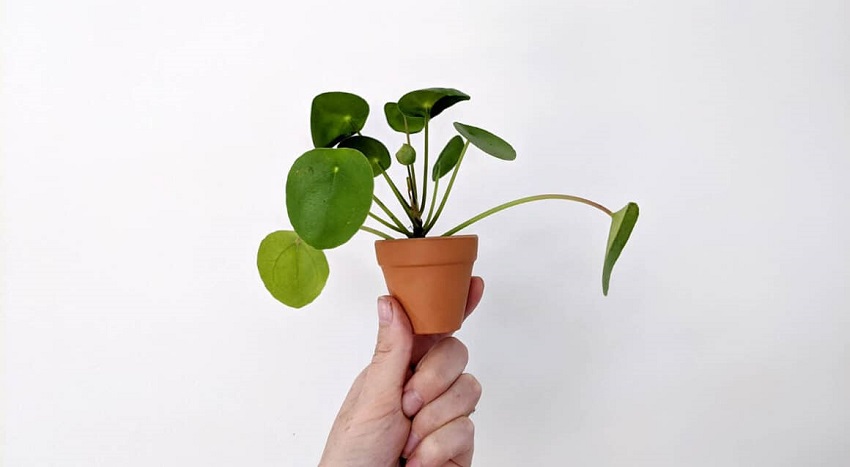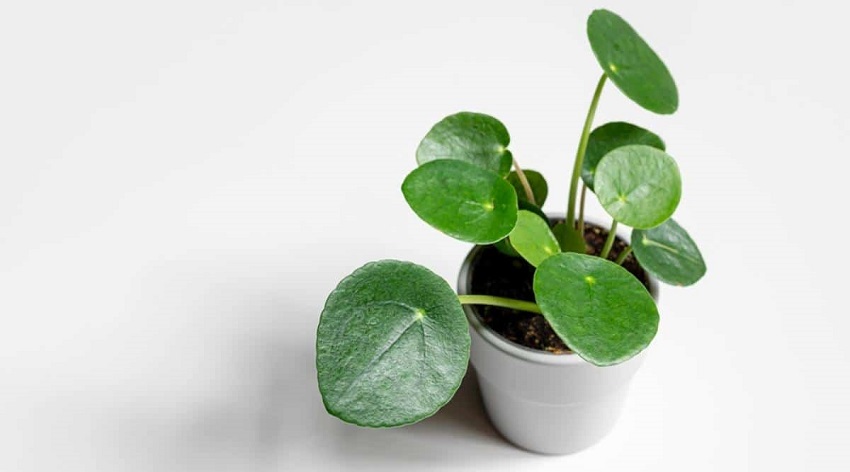
10 Jun Do Pilea Plants Like Small Pots?
When it comes to indoor gardening, Pilea plants have gained significant popularity in recent years. These charming houseplants, also known as Chinese Money Plants or Pancake Plants, are known for their round, coin-like leaves and attractive appearance. If you’re a Pilea plant enthusiast or considering adding one to your collection, you might wonder about the ideal pot size for these delightful plants. In this article, we will explore the question: Do Pilea plants like small pots?
Understanding Pilea Plants
Before diving into the pot size preferences of Pilea plants, let’s take a moment to understand these unique specimens. Pilea peperomioides, the most common species of Pilea, is native to the Yunnan province in China. They thrive in warm, humid environments and are relatively easy to care for, making them a popular choice for indoor plant enthusiasts.
Pilea plants feature shallow root systems and have a tendency to grow in clusters. They are known to produce offshoots or “pups,” which can be easily propagated to expand your Pilea collection or share with fellow plant lovers. The compact and bushy nature of Pilea plants makes them visually appealing and a great choice for various interior design styles.
The Role of Pot Size
Now, let’s delve into the topic of pot size and its impact on the growth and well-being of Pilea plants. Like many other houseplants, Pilea plants have specific requirements when it comes to the pot they call home. The pot size can affect several key factors, including root development, moisture retention, and overall plant health. However, it’s important to note that a pot that is too large can lead to a leggy pilea, which is a common issue among Pilea owners. Therefore, it’s crucial to choose the right pot size for your Pilea to ensure optimal growth and health.
Choosing the Right Pot Size
Selecting an appropriate pot size for your Pilea plants is crucial to their overall well-being. It’s important to strike a balance between providing enough space for root growth and ensuring the pot is not excessively large, which can lead to problems such as waterlogging or inadequate drainage.
While Pilea plants prefer slightly crowded roots, they also need room to expand and access essential nutrients. A pot that is too small can restrict root growth and potentially hinder the plant’s development. On the other hand, an excessively large pot can retain excessive moisture, leading to root rot or other issues.
Small Pots and Root Growth
Contrary to what one might expect, Pilea plants can tolerate being slightly root-bound. In fact, a slightly cramped root system can contribute to more compact growth and fuller foliage. When a Pilea plant’s roots fill the available space in a small pot, it can stimulate the production of new offshoots and result in a denser plant.
The limited space in a small pot encourages the plant to allocate more energy towards upward growth rather than expanding its root system horizontally. This can lead to a visually appealing, bushier appearance. However, it’s important to strike the right balance and avoid excessively restricting the roots, as it can hinder the overall health of the plant.
Ensuring Proper Drainage
Regardless of the pot size, one of the most critical factors for Pilea plant care is proper drainage. Pilea plants are susceptible to root rot if they are consistently exposed to excessive moisture. Therefore, it is essential to choose pots with drainage holes at the bottom, allowing excess water to escape and preventing waterlogging.
A small pot with good drainage can be beneficial as it helps prevent the accumulation of water around the roots, promoting a healthier root system and reducing the risk of overwatering. Remember to use a well-draining potting mix specifically formulated for indoor plants to further enhance drainage capabilities.
Additional Factors to Consider
While the pot size plays a significant role in the growth and development of Pilea plants, it is important to consider other factors that contribute to their overall well-being. Here are a few additional considerations:
Light Exposure
Pilea plants thrive in bright, indirect light. Placing them near a window with filtered sunlight or providing artificial lighting can help them flourish. Ensure that your Pilea plant receives adequate light, as it directly influences its growth and overall health.
Watering Routine
Maintaining a proper watering routine is crucial for the health of your Pilea plant. Allow the top inch of the soil to dry out before watering again, as Pilea plants prefer slightly moist but not waterlogged soil. Overwatering can lead to root rot, while underwatering can cause wilting and hinder growth.
Humidity Levels
Pilea plants appreciate moderately humid environments. If your home has low humidity, consider using a humidifier or placing a tray filled with water near the plant to increase moisture levels. However, avoid misting the leaves directly, as it can lead to fungal issues.
Temperature Range
Pilea plants prefer temperatures between 65°F to 75°F (18°C to 24°C). Keep them away from drafty areas or sudden temperature fluctuations, as they can negatively impact the plant’s health.
In conclusion, Pilea plants can thrive in small pots as long as their specific needs are met. While they tolerate being slightly root-bound, it is essential to strike a balance between providing adequate space for root growth and avoiding excessive pot size. Remember to choose pots with proper drainage and consider other factors like light exposure, watering routine, humidity levels, and temperature range to ensure the optimal health and growth of your Pilea plants.

Sorry, the comment form is closed at this time.